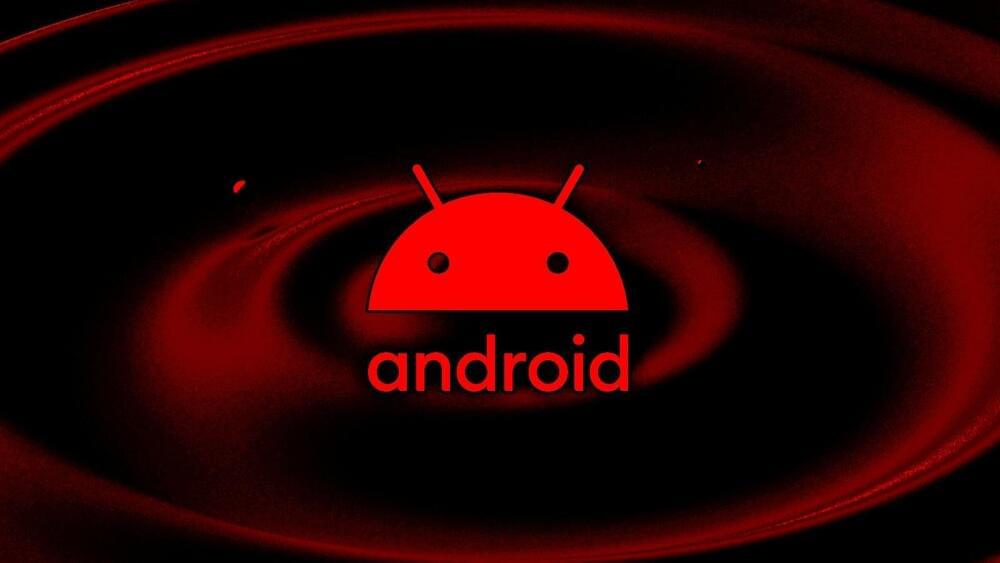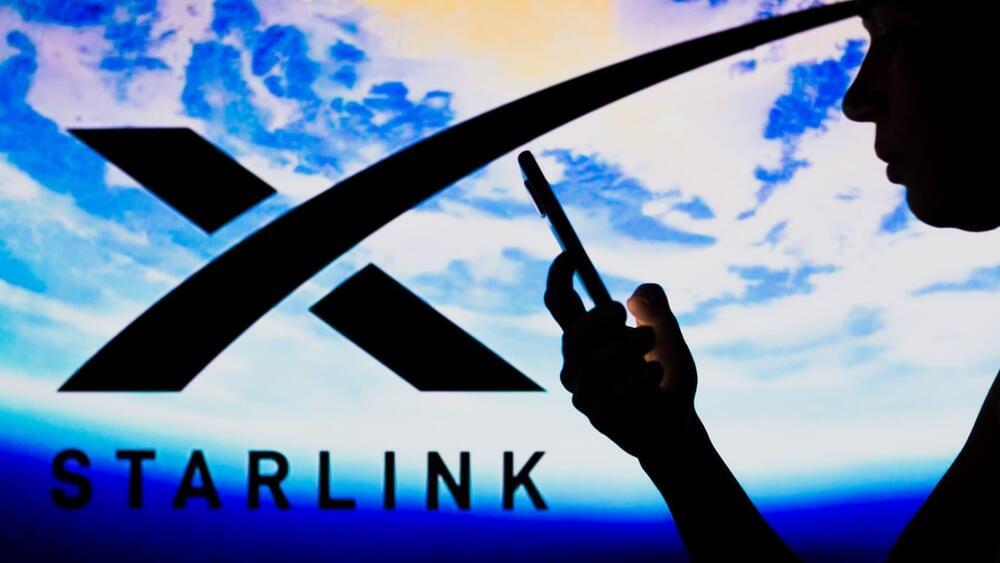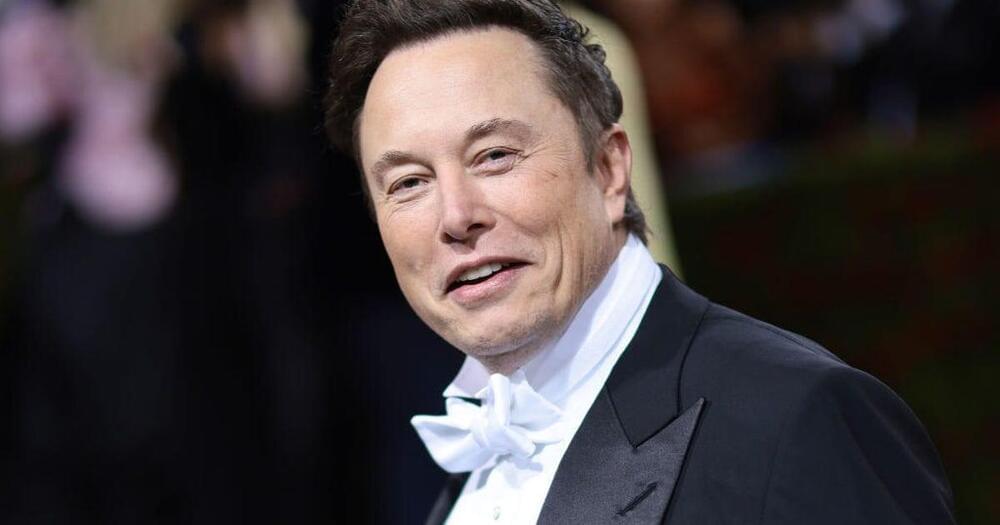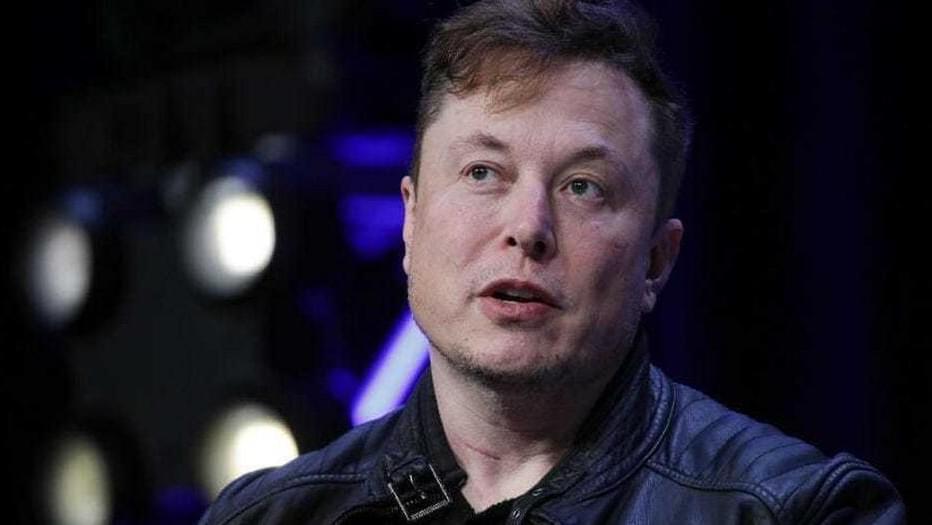Microsoft is warning that toll fraud malware is one of the most prevalent threats on Android and that it is evolving with features that allow automatic subscription to premium services.
Toll fraud is a subset of billing fraud, where the threat actor tricks victims into calling or sending an SMS to a premium number.
The difference is that toll fraud does not work over WiFi and forces the devices to connect to the mobile operator’s network.







